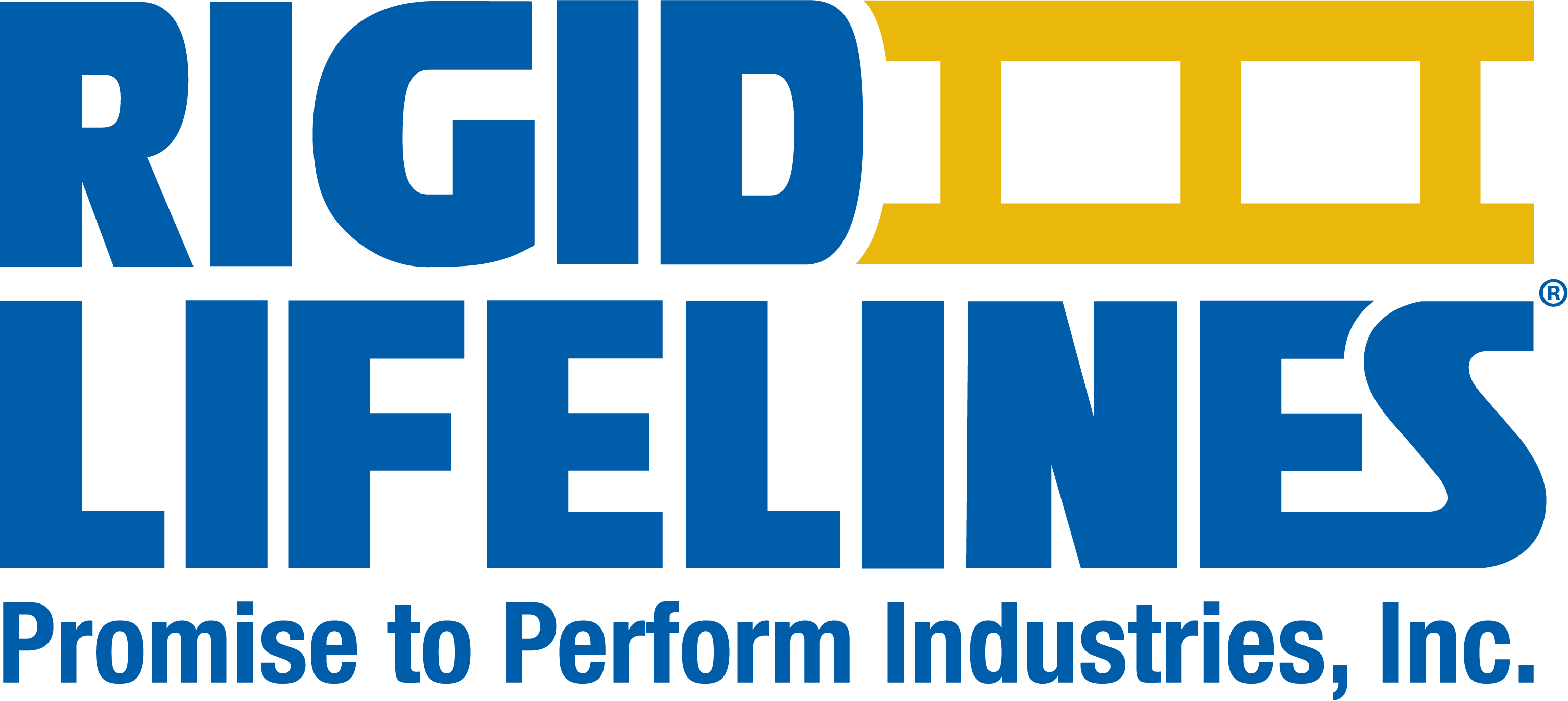
What Are Swing Falls and How Do They Occur
April 25, 2025
Swing falls in the industrial work place can result in significant injuries to workers and damage to equipment.
Many jobs require workers to perform tasks at height. Whether cleaning or servicing aircraft, installing or adjusting theater lighting, or working in an industrial or construction environment, OSHA regulations require fall protection for working heights of four feet or higher for general industry and 6 feet or higher for construction. Fall arrest systems come in different configurations, but all require an attachment point. The attachment point is where swing falls become an issue. If an attachment point is not directly overhead, but instead is located at the workers waist, ankle, or the worker has strayed more than 30° from an overhead attachment point, a swing fall becomes possile. If the attachment point is directly overhead, no swinging occurs after the freefall.
A clear example of how a swing fall might occur in the workplace is in the air transportation industry. Workers frequently access aircraft wings for maintenance or cleaning and, in doing so, require a fall arrest system. If the attachment point for the system is located directly above the fuselage, when the worker accesses the wing, they are already at risk of exceeding the 30° off-plumb allowed by OSHA. As the worker walks further out on the wing, they increase their risk of a significant swing fall. In the event the worker falls, the lanyard will start to pay out and, as the worker’s freefall starts to arrest, they will swing back to the fuselage attachment point. The further the distance the worker travels, the more speed they gather. This speed translates into an impact that can result in injury, costly damage to the aircraft, or even death! When impact hazards are present, the hazards must be removed, or the attachment point must be relocated.
Swing falls can be avoided by ensuring that the worker’s attachment point remains overhead, regardless of the area in which they are working. One solution is a Traveling Bridge system by Rigid Lifelines, in which an overhead bridge and trolley traverses fixed runways. This system moves with the worker, maintaining an overhead attachment point that is always directly overhead. The Traveling Bridge system minimizes fall distance, and eliminates swing fall hazards. Be sure to select the fall protection system that best suits the demands of your work environment. Remember that if swing fall hazards exist in your application, a Competent Person or Qualified Engineer should always be consulted.
Originally Posted 7/14/11
Categories
Share this post
Let us help you
Contact us today to find the perfect product fit for your job
